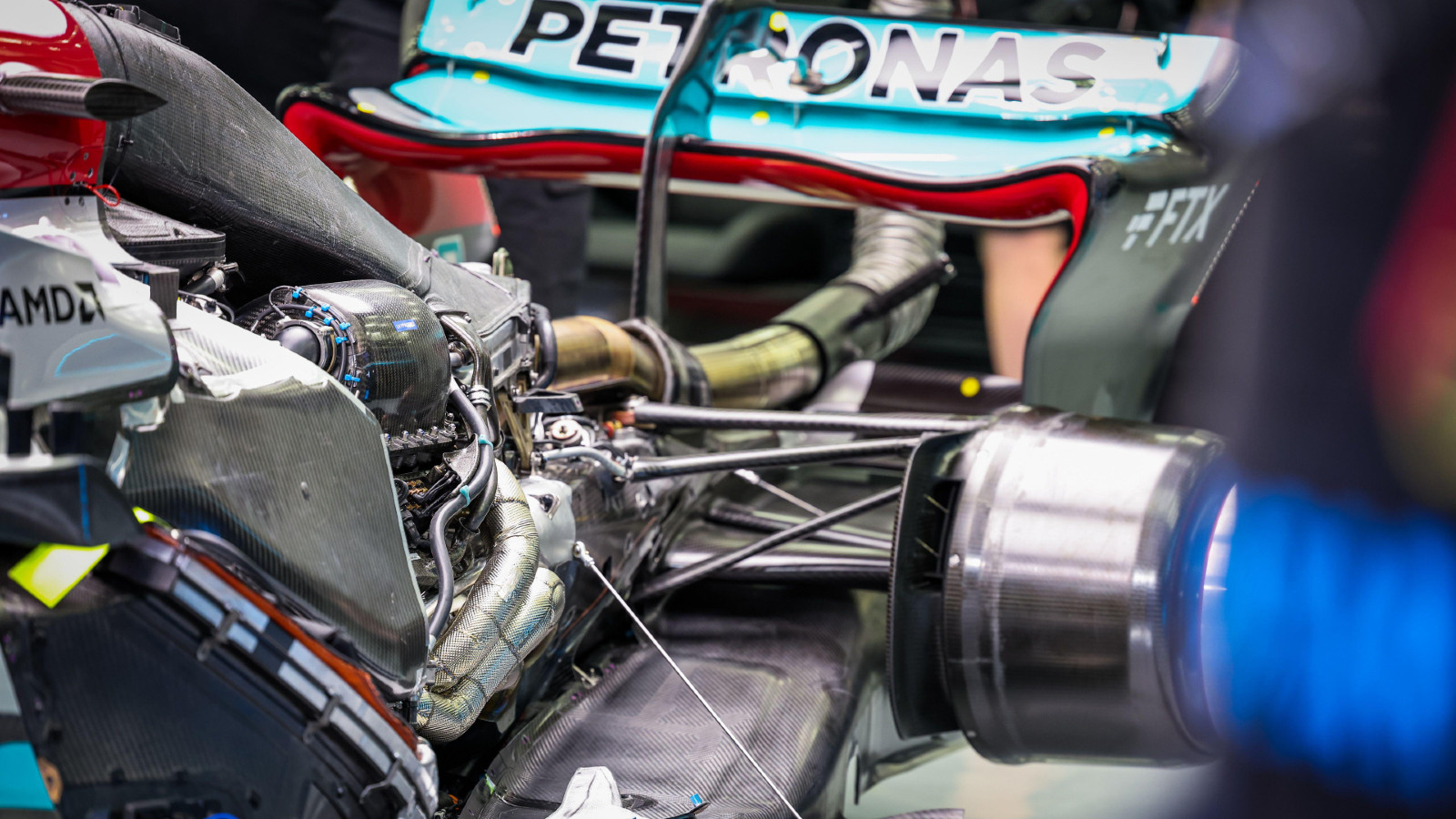Formula 1 is often described as the pinnacle of motorsport, not only because of the skill of its drivers but also due to the cutting-edge technology behind the cars. One of the biggest innovations in the past decade has been the introduction of hybrid engines. These power units combine traditional internal combustion engines with electric technology, delivering both performance and efficiency.
Hybrid engines have changed the sport forever, shaping Formula 1 into a more sustainable and technologically advanced competition. Let’s explore why these engines are so important and how they influence the future of racing.
A Shift Toward Sustainability
Formula 1 has long been criticized for its environmental impact. Traditional engines burned large amounts of fuel, releasing significant carbon emissions. With global pressure to adopt greener practices, F1 introduced hybrid engines in 2014 as part of a major rule change.
Hybrid engines reduce fuel consumption by using energy recovery systems that convert wasted energy—such as braking heat—into usable power. This helps lower the sport’s carbon footprint and aligns it with global efforts toward sustainability.
How Hybrid Engines Work
A Formula 1 hybrid engine, also known as a power unit, is far more complex than a regular car engine. It consists of several components working together:
- Internal Combustion Engine (ICE): The main V6 turbo engine that provides raw power.
- Motor Generator Unit – Kinetic (MGU-K): Recovers energy during braking and converts it into electrical power.
- Motor Generator Unit – Heat (MGU-H): Captures heat energy from the turbocharger and turns it into electricity.
- Energy Store (Battery): Stores the recovered energy for later use.
- Control Electronics: Manages how energy is harvested and deployed.
This combination allows drivers to use an additional burst of power, often making the difference during overtakes or defending positions.
Performance Benefits
Hybrid engines are not just about reducing emissions; they also improve performance.
- Extra Power: Drivers can access stored electrical energy for quick boosts, making races more exciting.
- Fuel Efficiency: Teams can run longer without refueling, improving strategy and reducing car weight.
- Better Reliability: Modern hybrids are designed to handle extreme conditions while lasting an entire season under strict engine limits.
These advantages make hybrid engines a key factor in Formula 1’s competitiveness.
Impact on Racing Strategy
Hybrid technology has added a new layer of strategy to Formula 1. Teams must carefully manage energy recovery and deployment throughout the race. For example:
- Using electrical boosts at the right time can help during overtaking.
- Drivers must balance power use to ensure the battery doesn’t run out.
- Teams develop advanced software to optimize when and how the hybrid system is used.
This has turned races into a battle not only of driving skill but also of technological mastery.
Bridging Motorsport and Road Cars
One of the main goals of Formula 1’s hybrid era is to influence road car technology. Many of the innovations in hybrid engines are later applied to consumer vehicles.
- Energy recovery systems in F1 inspired regenerative braking in hybrid and electric cars.
- Advances in battery technology help improve the range of electric vehicles.
- Turbo efficiency and lightweight engine designs are now common in road cars.
This makes Formula 1 not just entertainment but also a research platform for the automotive industry.
Addressing the Challenges
While hybrid engines are revolutionary, they are not without challenges.
- Cost: Developing and maintaining hybrid systems is extremely expensive, which can strain smaller teams.
- Complexity: The technology is highly advanced, requiring skilled engineers and sophisticated tools.
- Sound: Fans often complain that hybrid engines are quieter compared to the iconic roar of older V8s and V10s.
Despite these issues, hybrid engines remain essential for the sport’s future.
The Future of Hybrid Engines in Formula 1
Formula 1 has committed to becoming carbon neutral by 2030, and hybrid engines play a central role in this vision. Future developments may include:
- Sustainable fuels that further reduce emissions.
- More efficient energy recovery systems for improved performance.
- Closer integration with electric technology, preparing for a potential shift toward fully electric racing in the long term.
As technology improves, hybrid power units will continue to evolve, balancing speed, sustainability, and excitement.
Final Thoughts
The importance of hybrid engines in Formula 1 goes beyond racing. They have transformed the sport into a more sustainable, innovative, and technologically advanced competition. By improving performance, shaping race strategies, and influencing road car development, hybrid engines prove that motorsport can embrace the future without losing its competitive edge.
Formula 1 is not just about who crosses the finish line first—it’s also about driving the future of automotive technology, and hybrid engines are leading the way.

